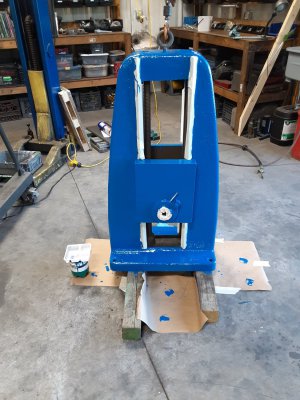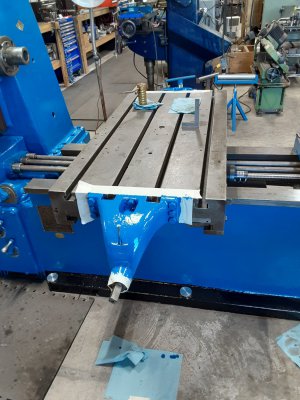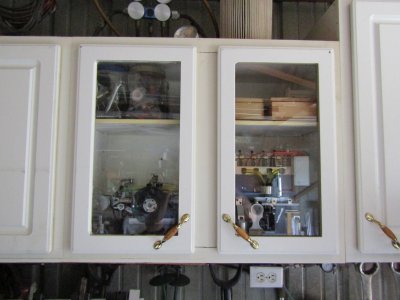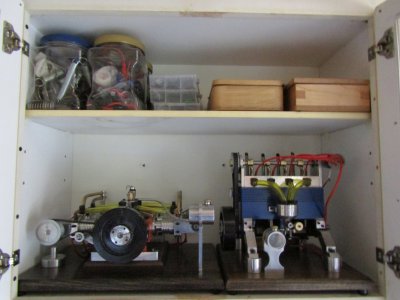- Joined
- Dec 20, 2021
- Messages
- 893
I think the felt will be enough for now. Normally that spot is pretty clean, the felt will keep that occasional odd chip out of the way.For the way wipers is worth putting a letter of neoprene or rubber between the holder and the felt. That pushes the chips out of the way and stops them getting stuck in the felt. Then the belt dispenses clean oil behind the wiper. It’s not perfect, but should increase the cleaning intervals
All of the way wipers on this old machine are felt only. Eventually (hopefully) they'll all get an upgrade.






